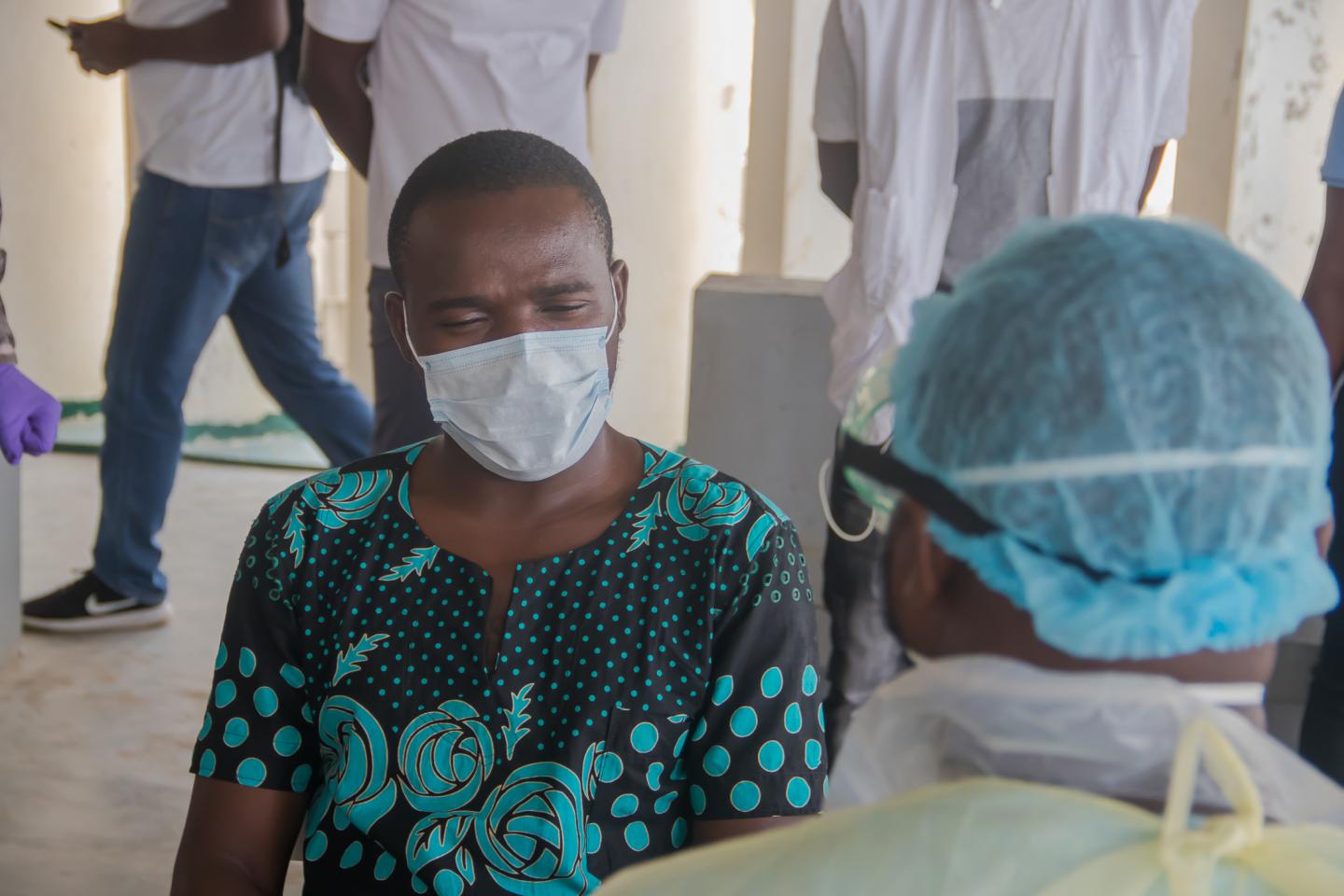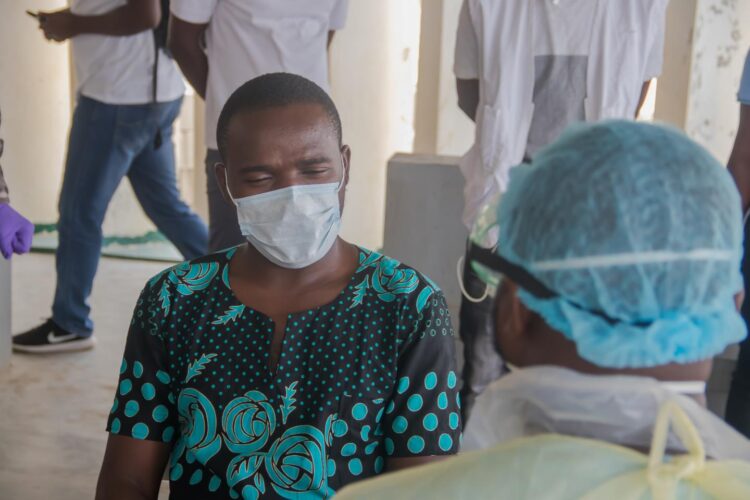
Credit: Lancaster University
An international team including Lancaster University researchers has created a strategy for understanding the evolution of the COVID-19 pandemic throughout the African continent.
Their COVID-19 surveillance strategy will improve the ability of African countries to interpret the complex data available to them during the pandemic.
Professor Peter Diggle, Dr Chris Jewell and Dr Claudio Fronterre from the Centre for Health Informatics, Computing and Statistics (CHICAS) at Lancaster Medical School worked with colleagues in the USA, Uganda and Switzerland to create a data-driven disease surveillance framework to track and predict country-level case incidence.
The first COVID-19 case on the continent was reported in Egypt on February 14, 2020. By August 13, 2020, over 1 million new cases and over 20,000 deaths had been reported in all African Union (AU) Member States according to the Africa Centres for Disease Control and Prevention. Over 44 million cases and 190,000 deaths in Africa are projected within the first year of the pandemic.
Although Africa has a younger population, a lack of adequate healthcare in combination with comorbidities such as HIV is predicted to lead to increased risk of severe COVID-19 in those infected.
The researchers observed the effect of the human development index, containment policies, testing capacity, specific humidity, temperature and landlocked status of countries on the local within-country and external between-country transmission.
They found that a country’s testing capacity, social policy, landlocked status, temperature and humidity are important contributing factors explaining the within and between-country transmission of cases.
“Because high quality mobility data is challenging to obtain across Africa, the approach provides the ability to distinguish cases arising from within a country or from its neighbours.
“In settings with fragile health systems, coupled with the vulnerability of lower Human Development Index economies, the capacity to effectively track the pandemic is especially challenging. Such challenges point to the potential advantages in regional efforts to coordinate resources to test and report cases. Seeking equitable behavioral and social interventions, balanced with coordinated country-specific strategies in infection suppression, should be a continental priority to control the COVID-19 pandemic in Africa.”
###
Media Contact
Gillian Whitworth
[email protected]
Related Journal Article
http://dx.





